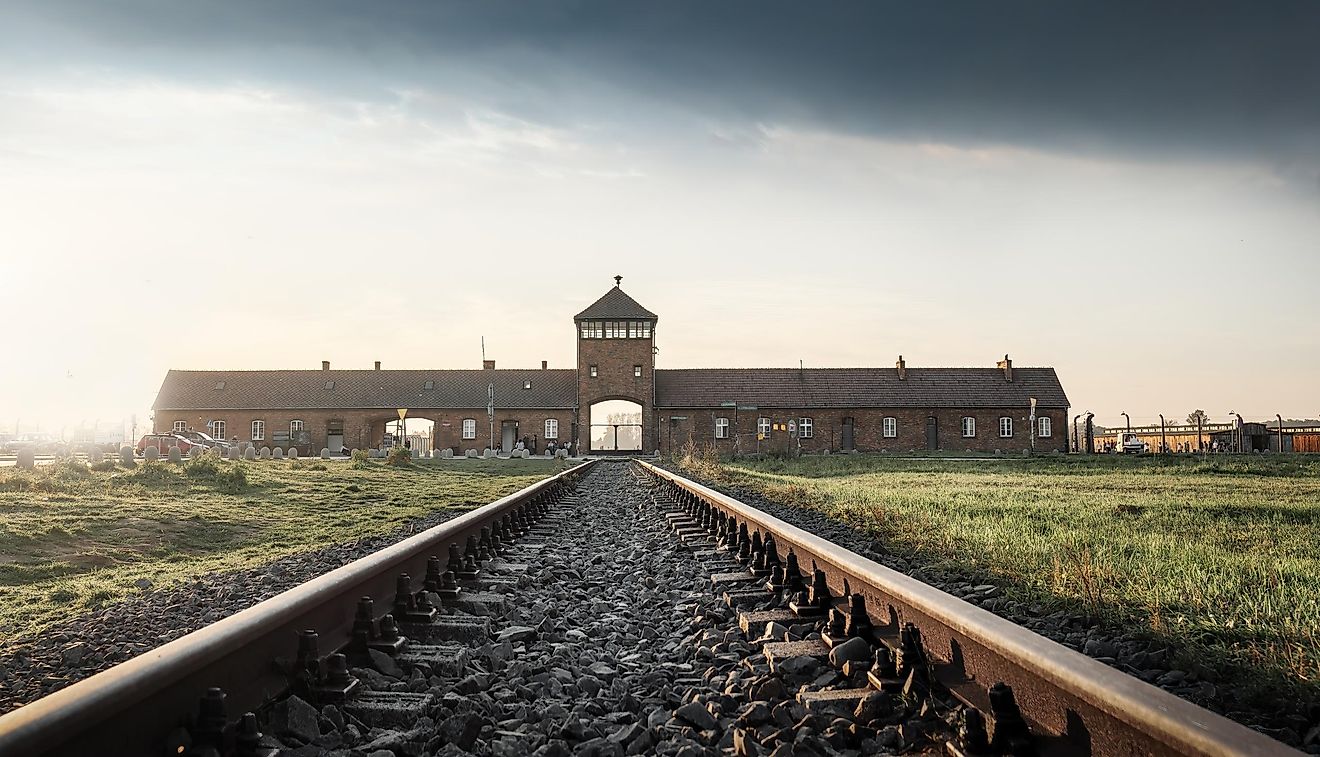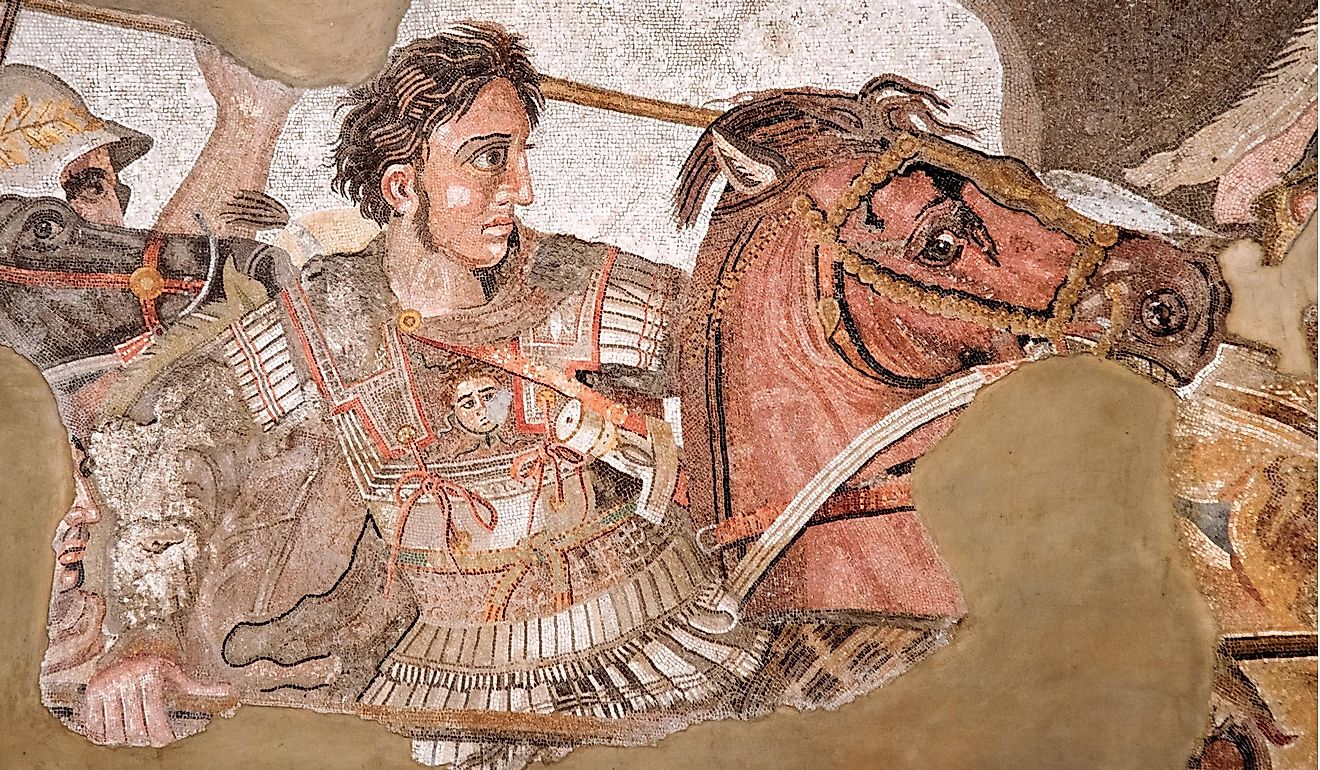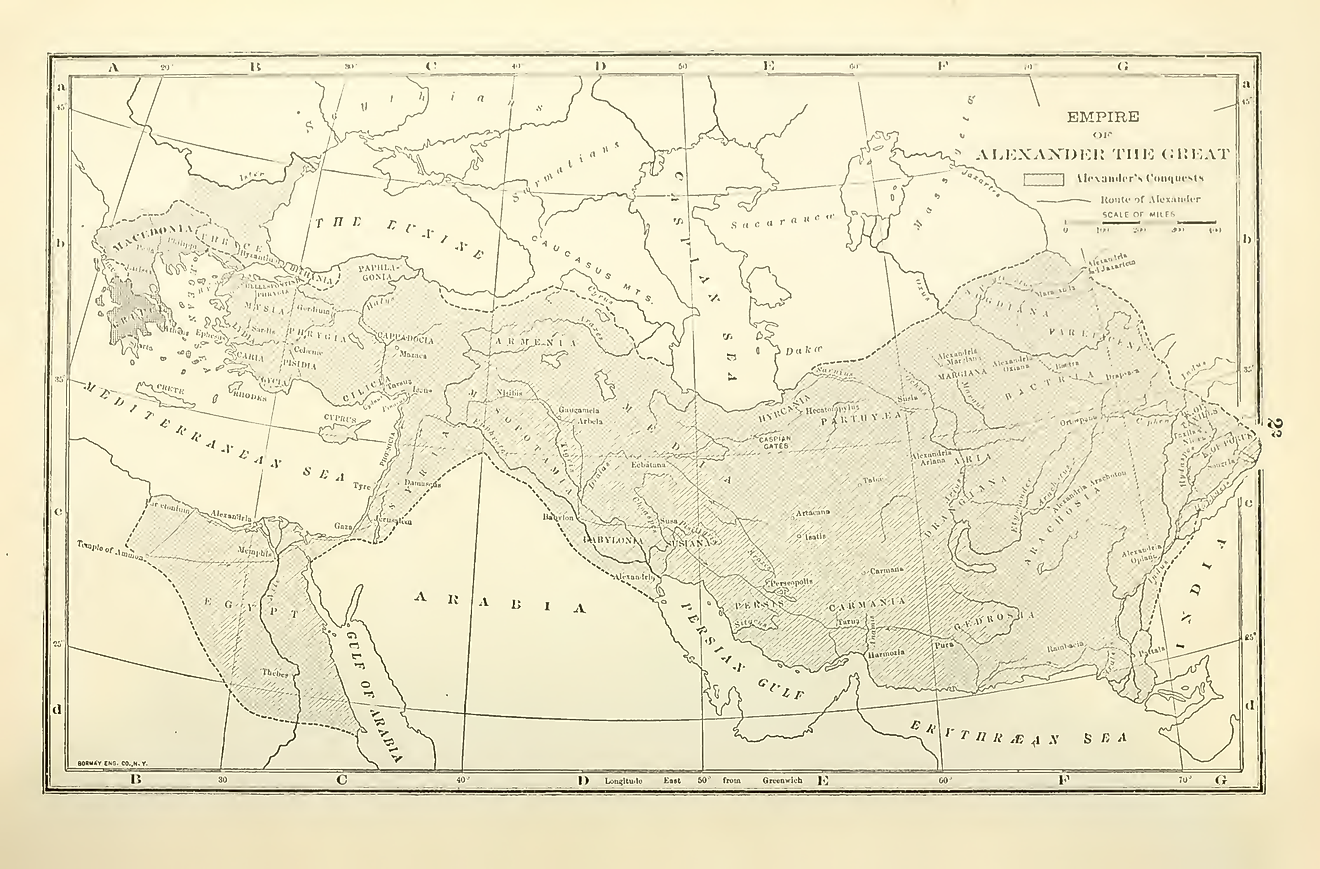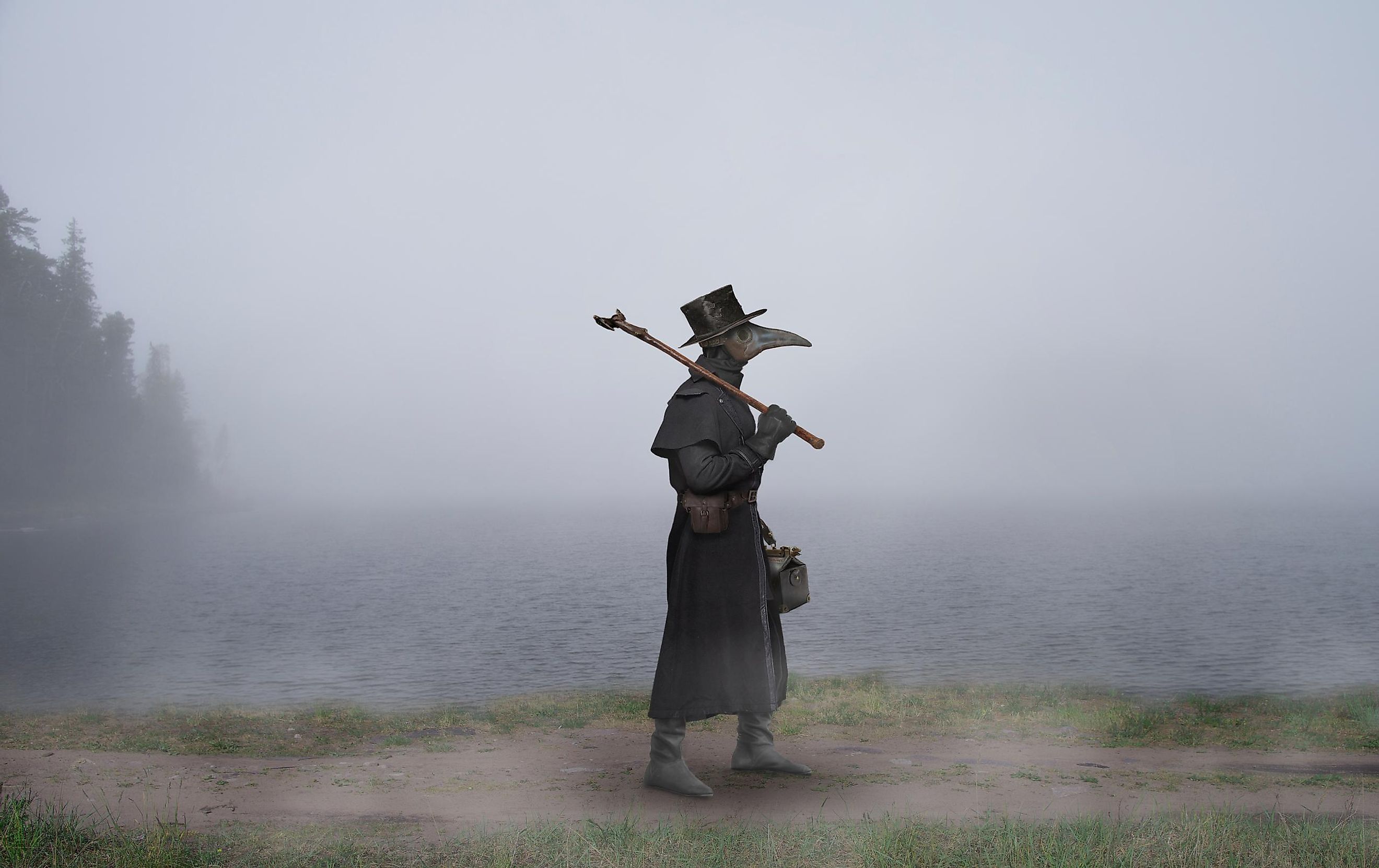
Eyam: The Mysterious Village that Beat the Black Death
The bucolic commuter village of Eyam (pronounced "eem"), is one of those timeless places one might seek for a glimpse into authentic England. This quaint Derbyshire District parish sits 15 miles southwest of Sheffield, and roughly 35 miles southeast of Manchester, within the verdant hills of Peak District National Park. But despite its rejuvenating setting, Eyam is best known for its harrowing battle with the bubonic outbreak between the summer of 1665 and winter of 1666 – earning it the moniker "Plague Village." This is the story of the eight hundred (or so) residents who took it upon themselves to uphold a deadly quarantine to stop the "Black Death" in its tracks, thereby selflessly sparing the neighboring villages the same dark fate.
What Was The Plague?
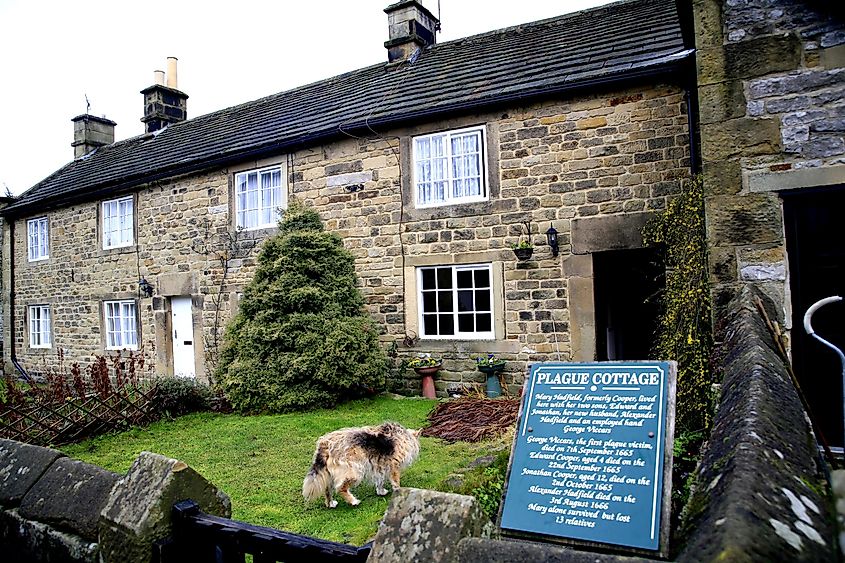
The Plague, aka "The Great Plague," or "The Black Death," was a catastrophic infectious disease that rocked the world in multiple waves. Spread primarily by the bite of fleas carrying the bacterium Yersinia pestis, but also via airborne particles, it manifested in three forms: pneumonic, septicaemic, and bubonic – the latter of which was most common and notorious. The bubonic plague was characterized by severely swollen lymph nodes and other "buboes" that would form under the arm and groin area and eventually burst. Sufferers could also expect subcutaneous black bruising, a fever between 101–105 Fahrenheit, vomiting, spasms, headaches, and other agonizing symptoms that would emerge after a 3 to 7-day incubation period.
Because of the 30 to 60% fatality rate, and the fact that little was known about effective treatment or preventative measures, the later part of the 14th century saw an estimated 50 million people meet their demise – half of that in Europe alone. While this would prove to be the most devastating era, Britain had to contend with the Black Death on a number of occasions, with the last serious epidemic taking place in the mid-17th century (i.e. when Eyam enters the story).
1665-66 was a trying year for the people of London, in particular. In less than a year and a half, approximately 15% of the big-city residents lost their lives – predominantly those living in impoverished areas. Though the official tally came in at 68,596 deaths, it is believed that the true figure was closer to 100,000. Those with the means to do so left London for the countryside, which is partly how it spread north, but not the only reason.
Contrary to popular belief, the plague was never eradicated. There are still between 1,000 and 2,000 annual cases reported, with small outbreaks gaining a foothold from time to time. For example, in 2017, Madagascar suffered 2,350 cases, resulting in 200 deaths. There are even a handful of documented cases each year in the United States. Though no vaccine was ever developed to combat the plague, antibiotics are effective against the bubonic strain. The pneumonic type, unfortunately, is still almost always fatal if it isn't hastily addressed.
How Did Eyam Address the Black Death?
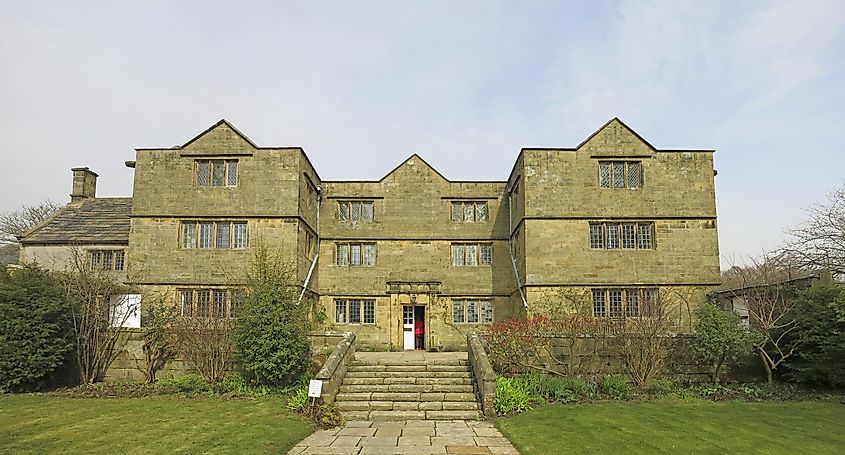
In late August of 1665, a package of cloth was shipped from London to an Eyam-based tailor, Alexander Hadfield. Hadfield's assistant, George Viccars unpacked the material and found it to be infested with rat fleas. Shortly thereafter, on September 7th, he became the village's first Black Death casualty. Over the next two months, 42 more villagers lost their lives. As was often the case, winter brought a period of dormancy. However, as warm spring days returned, so did the plague, now in a deadlier form. Seeing little hope for their community, but wanting to spare the surrounding towns, the two local Reverends, William Mompesson (active), and Thomas Stanley (recently dismissed), hatched a plan to contain the outbreak.
During this era, people had all sorts of ideas about the plague. First and foremost, it was interpreted as a punishment from God. Others believed that the outbreaks were caused by "bad air," which is what led to the carrying of flowers and sweet herbs, as well as the smoking of tobacco and clearing of rubbish piles (note: the latter certainly helped, although for more concrete sanitary reasons). But despite the chaos and superstitions, one thing was clear: the best way to dodge the plague was to avoid close contact with its victims (living or dead). Mompesson and Stanley, out of their love and concern for their fellow man, therefore pitched a rigorous quarantine, or "cordon sanitaire," to the people of Eyam. Understandably, there were trepidations, but ultimately, the whole parish agreed to cooperate.
A stone perimeter was drawn around Eyam that, beginning on June 24th, 1666, no one was permitted to cross (in either direction). To support the effort, the Earl of Devonshire would drop supplies from other villages at the southern boundary. In exchange, Eyam residents left money in water troughs that were filled with vinegar (which was correctly understood to have some sanitizing benefits). In an effort to spare as many as possible during the quarantine, the church switched to open-air services, and mandates were implemented to bury the dead immediately and in a place close by rather than at the cemetery.
The Aftermath
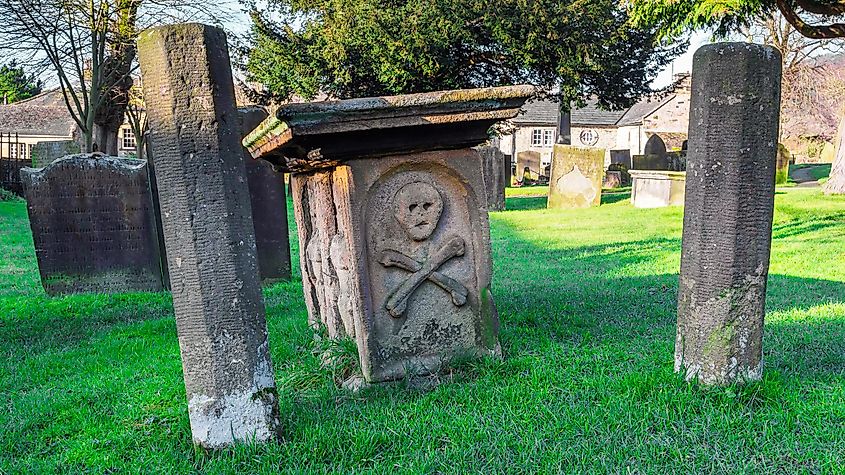
A year after the plague arrived in Eyam, it hit its peak. In August 1666, five or six people were dying on a daily basis. One poor woman, Elizabeth Hancock, was forced to bury her husband and all six of her children within just eight days. But despite the ordeal, only two people attempted to leave town during a four-month quarantine. The death toll dropped off in September and October, and on November 1st, Eyam experienced its last fatality: a farm worker by the name of Abraham Morten. All told, during this 14-month episode, 260 out of the estimated 750-800 Eyam residents perished – a ratio much greater than even that of hard-hit London.
The story of Eyam is one of effective self-sacrifice, rather than triumph. And even though the quarantine did its job, it would take some time for scientists to appreciate the impact of Eyam's initiative. It is now understood that the cordon sanitaire likely spared the lives of thousands of people from surrounding communities. Today, the people of Eyam are proud of their ancestors and see the morbid history as a way of drawing attention to their community when rural villages are dwindling. Green plaques indicating the lists of victims are on display outside of the "Plague Cottages," and the Eyam Museum now welcomes tens of thousands of annual visitors looking to learn more about the village that beat the Black Death. The Eyam Brewery even has a whole line of plague-themed craft beers, including Bubonic Orange, Black Death Stout, and Antidote Pilsner. So the next time you're in the East Midlands, raise a glass to the indomitable spirit of the plague village.
